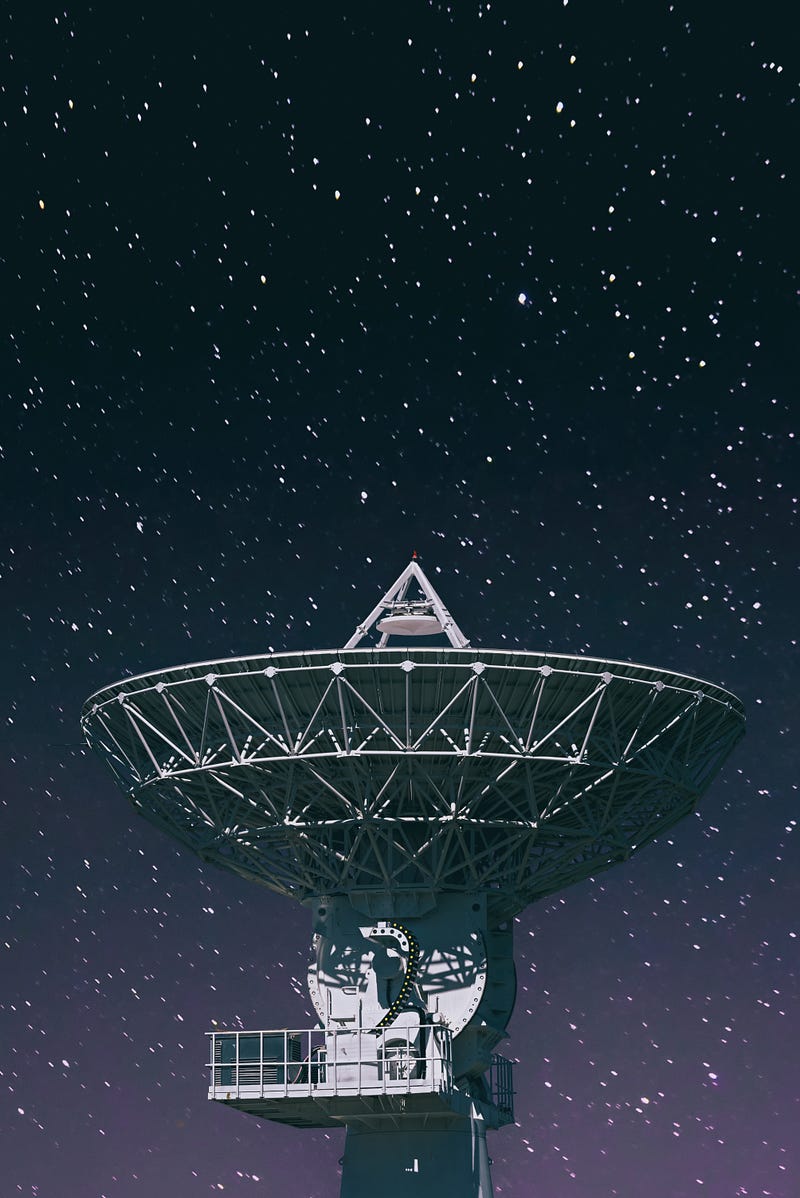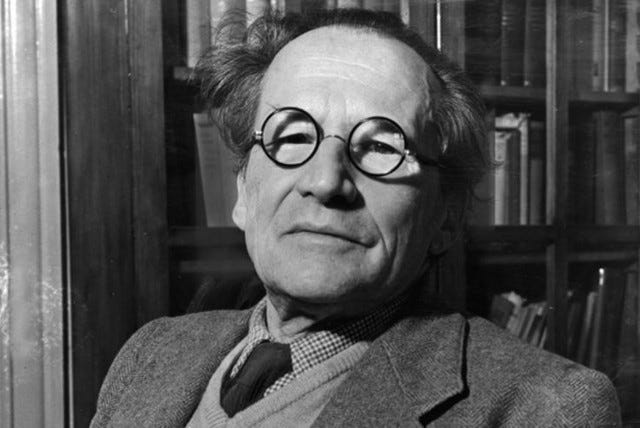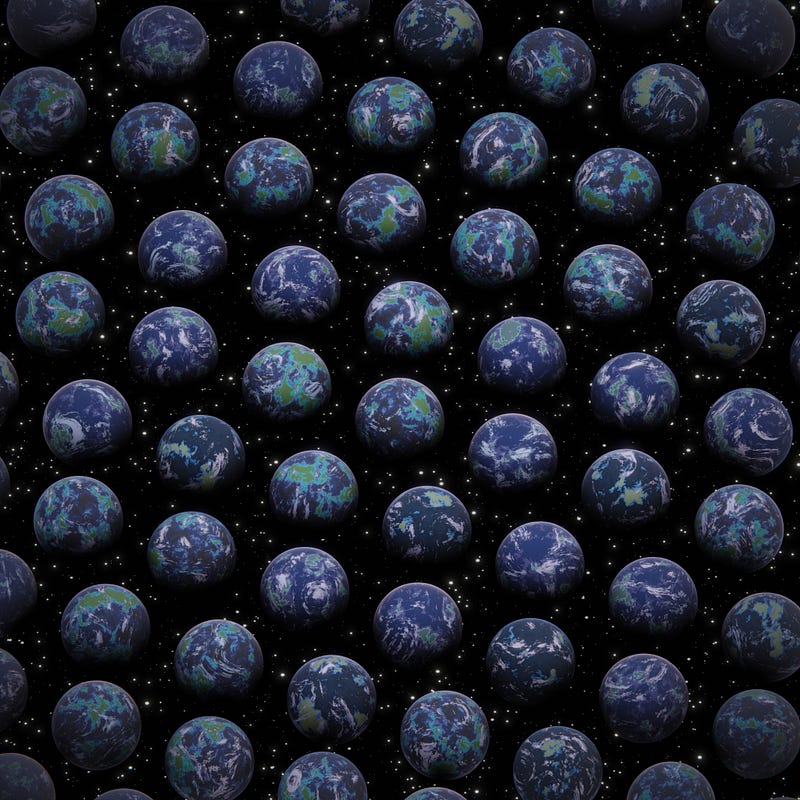Exploring the Origins of Multiverse Theory: A Scientific Journey
Written on
Chapter 1: The Multiverse in Science Fiction and Reality
For enthusiasts of science fiction literature and films, the concept of the multiverse is likely familiar. This captivating idea has captured the imaginations of numerous scientists and writers, pushing the boundaries of what we think is possible. Interestingly, the notion of the multiverse transcends the realm of fiction; it is a significant topic in contemporary scientific discourse known as "The Multiverse Theory."
Essentially, this theory posits that our universe, filled with an infinite number of stars and galaxies, may not be unique. There could be countless other universes, potentially infinite in number, that do not necessarily abide by the same physical laws that govern our own. These alternate universes might even host their own forms of intelligent life. The scientific community remains divided on the specifics of how the multiverse operates, fueling ongoing debates and research.
In the early to mid-20th century, advancements in quantum mechanics laid the groundwork for multiverse discussions. Notably, Dirac's electron equation and Schrodinger's famous thought experiment involving a cat that is simultaneously alive and dead hinted at the possibility of multiple realities. While Hugh Everett is credited with introducing the multi-world interpretation in the mid-1950s, it is important to acknowledge that Schrodinger had previously touched on similar ideas. Although Everett's work was mathematical in nature, Schrodinger's approach leaned more towards philosophical inquiry, lacking a direct explanation of the multiverse concept.

Photo by Yang Shuo on Unsplash
In 1952, Schrodinger remarked on the implications of his equation, questioning the very nature of quantum possibilities. He stated, "Nearly every result the quantum theorist pronounces concerns the probability of this or that occurring, often with numerous alternatives. The notion that all these alternatives may actually happen simultaneously seems absurd, if not impossible." Unfortunately, Schrodinger's ideas went largely unnoticed at the time, leaving the concept of a multiverse to fade into obscurity.
Everett later redefined the multiverse concept by describing how the universe splits into various versions of itself when faced with quantum choices. While studying at Princeton as a Ph.D. student, he initially drafted an analogy that likened the multiverse to an amoeba that splits into two new cells, each retaining memories of the original. His advisor, John Wheeler, encouraged him to develop a scientific and mathematical framework for this analogy, ultimately leading to the formal introduction of the multiverse theory.

Erwin Schrödinger. Credit: akg-images
Despite his groundbreaking work, Everett himself did not actively champion his theory. His career took a different path, leading him to work on defense systems at the Pentagon. It was Bryce DeWitt from the University of North Carolina who later advocated for the multiverse concept in the 1960s, lending it renewed attention. He stated, "Every quantum transition occurring in every star, in every galaxy, in every remote corner of the universe is creating countless copies of our local world on Earth."
Various interpretations of the theory have emerged since its inception. Wheeler, who initially supported the multiverse idea, ultimately expressed doubts, stating, "I have reluctantly had to withdraw my endorsement of that perspective because it seems to carry an overwhelming burden of metaphysical implications."
Today, the multiverse theory enjoys considerable popularity, inspiring both scientists and writers alike. Though interpretations continue to evolve, the challenge of empirically testing the theory remains daunting, leading many to ponder its true nature.

Photo by Mingwei Lim on Unsplash
Contributed by Rishab Karki and curated by the author.
Thank you for engaging with this exploration of multiverse theory. If you found this discussion intriguing, please consider showing your support. For those interested in more content like this, feel free to follow along or contribute to my work.
Chapter 2: Insights from Experts
In the video "The Origin of Our Universe from the Multiverse – with Laura Mersini-Houghton," the discussion delves into the scientific foundations and implications of multiverse theory.
The second video, "The Multiverse Hypothesis Explained by Brian Cox," offers a clear explanation of the multiverse concept, enriching our understanding of this complex topic.